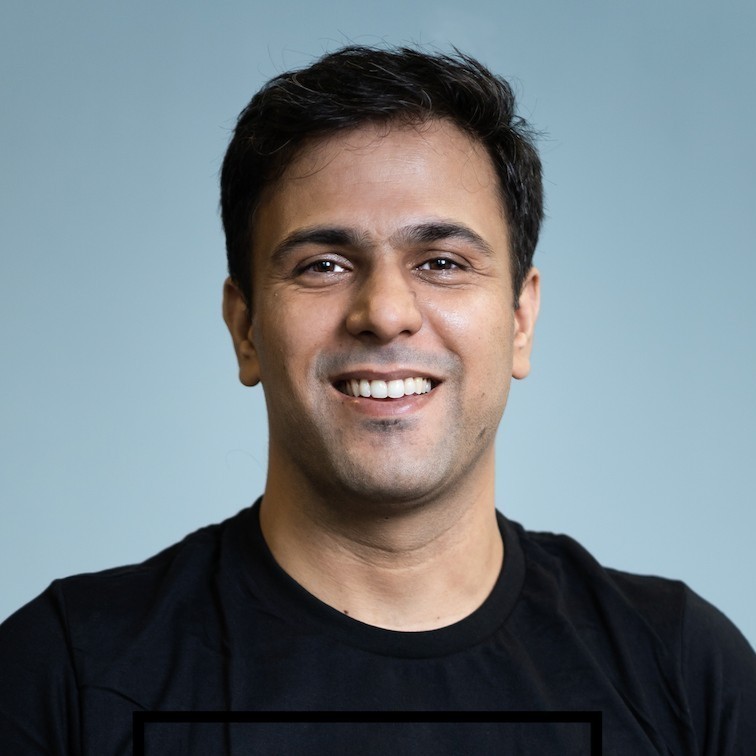Entrepreneur Case Studies
Bootstrapping to $3M a month: Prequel CEO Timur Khabirov (Part 1)

Timur has bootstrapped a digital app to $3M a month. Read on to learn how.
Sramana Mitra: Let’s start at the very beginning of your journey. Where were you born and raised? What kind of background?
>>>Building a Robotics Company from India: Ritukar Vijay CEO of Ottonomy (Part 6)
Sramana Mitra: Who’s paying?
Ritukar Vijay: The concessionaire, airport, and end customer. End customers are paying for convenience. They don’t have to pay any tips.
Sramana Mitra: Are you making your revenue from the airport payments or concessionaires?
Ritukar Vijay: All three of them. We are the single point of contact with the consumer where we are getting the order value.
>>>Building a Robotics Company from India: Ritukar Vijay CEO of Ottonomy (Part 5)
Sramana Mitra: Six months later after you got all the feedback and incorporated all the feedback, was there a big check?
Ritukar Vijay: It was a monthly subscription. We did a contract of a rolling window of six months.
Sramana Mitra: What kind of pricing structure did you set up?
Ritukar Vijay: It was around $3,000 a month per robot.
>>>Building a Robotics Company from India: Ritukar Vijay CEO of Ottonomy (Part 4)
Sramana Mitra: What happened with Cincinnati airport after the one-month pilot? You now have some money to fix the usability issues. What were the commercials on that?
Ritukar Vijay: We were focusing on Robotics-as-a-Service model. There’s a fixed subscription for each month. These robots will perform deliveries. There’s potential revenue share. There was a lot of thought process going on during that time.
>>>Building a Robotics Company from India: Ritukar Vijay CEO of Ottonomy (Part 3)
Sramana Mitra: What was the use case for Cincinnati Airport?
Ritukar Vijay: To deliver goods. After the security check-in, there are gate-hugger personas. There are people who just fly off after the departure gate. We are not participating in any of the retail activities at the airport. 2020 was a time when the aviation industry was having a bad time. It was a nightmare.
They started looking at ways to engage people in more economic activities focusing on the non-aeronautical revenue. The airport came together to solve that problem. We did the first pilot in December 2020.
>>>Building a Robotics Company from India: Ritukar Vijay CEO of Ottonomy (Part 2)
Sramana Mitra: How did you find your co-founder?
Ritukar Vijay: One of the co-founders was in my college in the Robotics club. That goes back more than 15 years. The other two guys, we met through our careers during 2010 to 2012.
Sramana Mitra: In the robotics company?
>>>Building a Robotics Company from India: Ritukar Vijay CEO of Ottonomy (Part 1)

This is a very interesting story of bringing really complex technology from India to the global market with a complex sales cycle.
The long term potential is huge. The short term complexity of the business is equally huge. The founding team is doing an admirable job navigating the opportunity with commitment and resolve.
>>>Rapid Growth and $58 Million in Financing with a Virtual Company: Storyblok CEO Dominik Angerer (Part 6)
Sramana Mitra: Talk to me about running a virtual company. What are some of the benefits that you’re deriving out of a global talent pool and the cost structure of a global talent pool? What are the nuances? I’ve been running a virtual company since 2010.
Dominik Angerer: In 2010, there was not environment that supported you doing that. Now there’s a lot of things you can use. My co-founder Alex moved back to Brazil in 2018. We both knew that if he moves back, we needed to find a way to employ him in Brazil. We actually created a subsidiary. If we wanted to create people in Germany, we had to create a subsidiary there as well. We cannot work with contractors all the time because of all the IP.
>>>